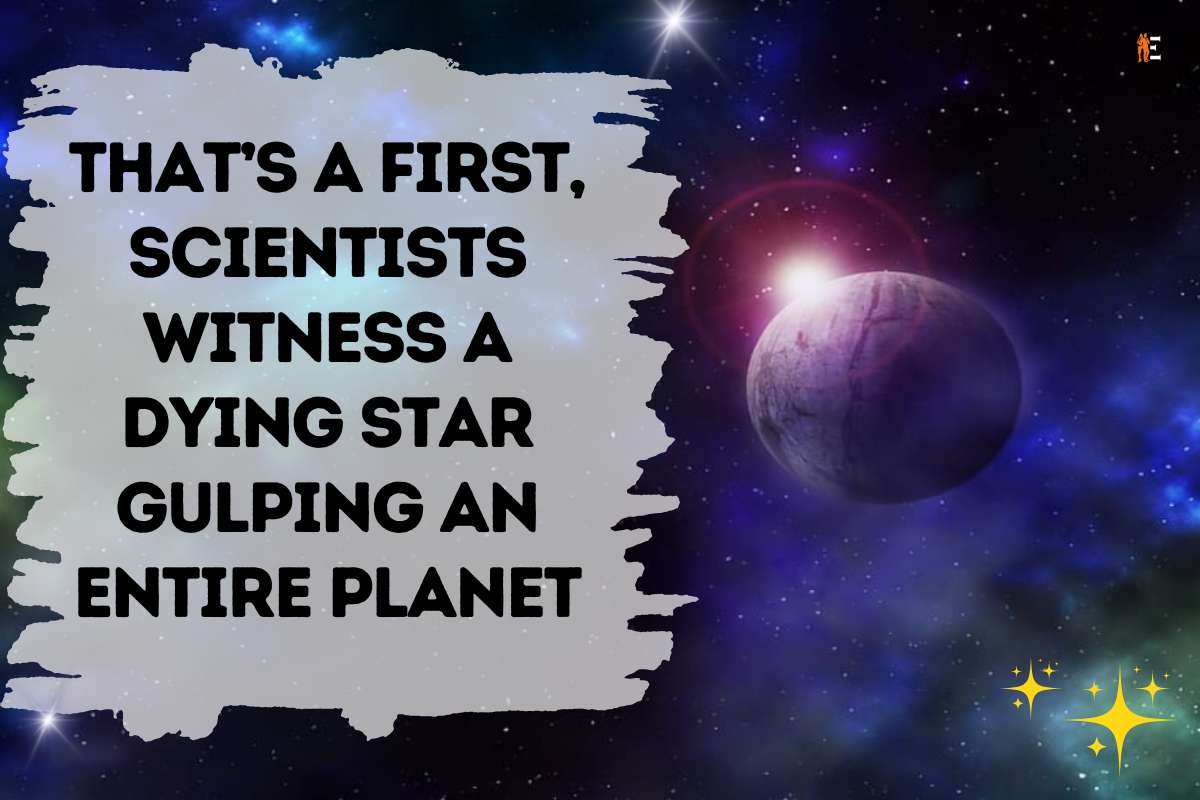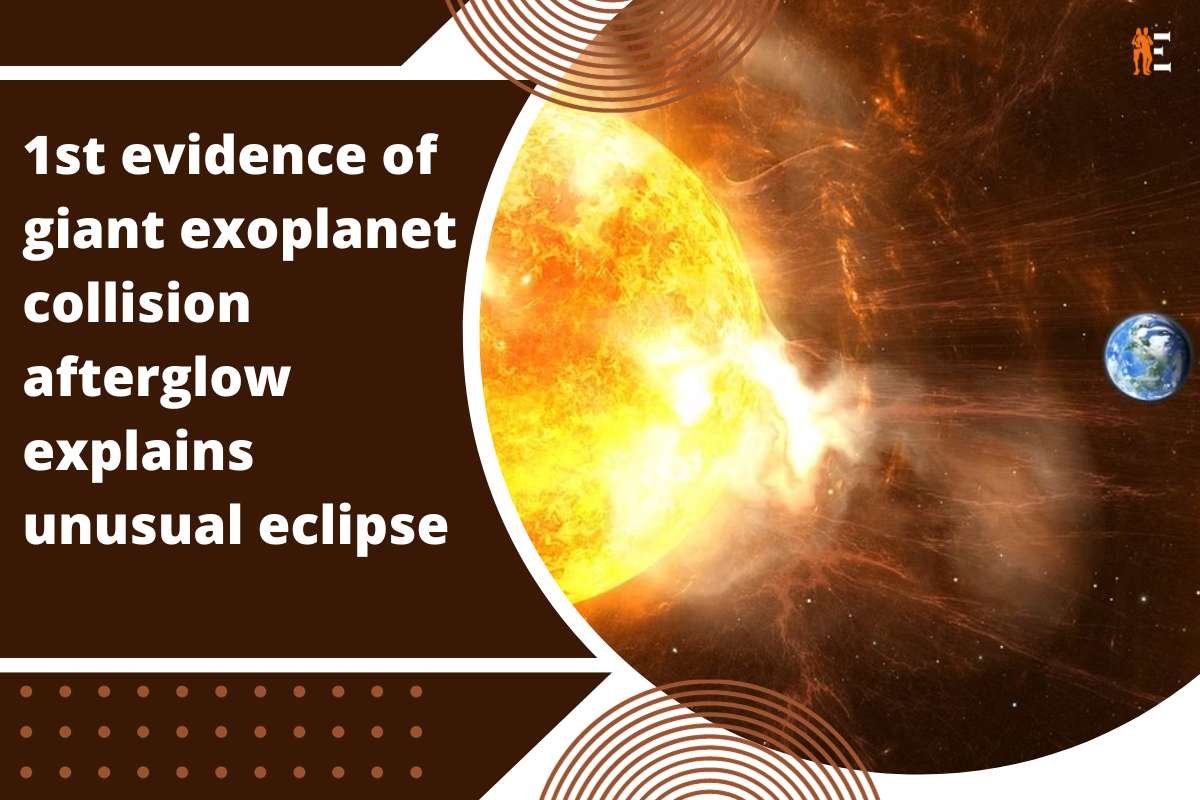A team of astronomers has made a groundbreaking observation – A dying Star Gulping an Entire Planet. This first-ever direct observation gives insight into what our own planet’s fate may be in roughly 5 billion years when it is engulfed by our rapidly expanding sun. The incident happened 13,000 light-years away from Earth around a star that had quickly ballooned up to thousands of times its original size. The consumed planet was identified as a gas giant at least 30 times the size of Earth.
What Did The Researchers Discover?
The scientists identified the planet’s death as a distinctive white-hot flash of light that grew in intensity over 10 days. By studying the light from the outburst, as well as the chemical signatures from the material burped out by the planet-devouring star, the researchers discovered that the energy released by the flash was tiny, roughly 1,000 times less bright than any previous stellar merger. The astronomers realized they had caught the final moments of a Jupiter-size planet being engulfed by its star, burning incandescently as it fell to the red giant’s core before being reduced to dust.
While evidence for stars consuming their planets has long been observed in the chemical signatures around stars, this is the first-ever direct observation. “We are seeing the future of the Earth,” said lead author Kishalay De, a postdoctoral student at the Kavli Institute for Astrophysics and Space Research at the Massachusetts Institute of Technology.
Scientists Capture Dying Star Gulping an Entire Planet for the first time ever
A New Insight about the Universe
The incident offers a crucial insight into what the rest of the universe will see when Earth, along with Mercury and Venus, have their deadly dinner date with our star in around 5 billion years’ time. The astronomers first spotted the strange light burst using the Zwicky Transient Facility, an astronomical survey that scans the sky for sudden changes in star brightness. It was then that they discovered the flash, designated ZTF SLRN-2020, which began as a brilliant beam of light and intensified 100-fold over the next 10 days.
“For most of their lives, stars burn by fusing hydrogen atoms into helium. Once they have exhausted their hydrogen fuel, however, they begin fusing helium, leading to a massive increase in energy output that causes them to swell to hundreds or even thousands of times their original size — gobbling up their inner planets as they transform into huge stars called red giants,” explained the researchers.
After billions of years that span the lifetime of our Solar System, our own end stages will likely conclude in a final flash that lasts only a few months. “I think there’s something pretty remarkable about these results that speaks to the transience of our existence,” co-author Ryan Lau, an astronomer at NOIRLab, said in a statement.











